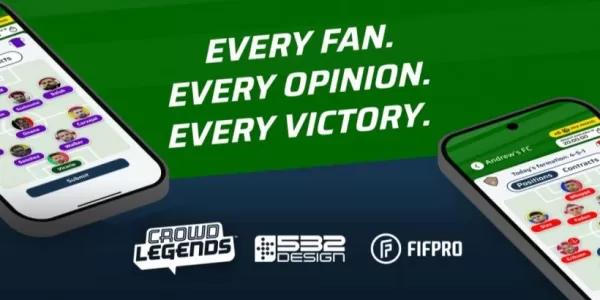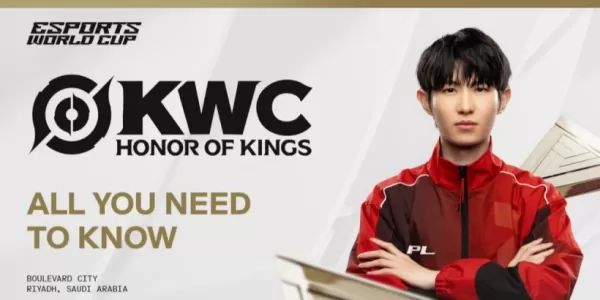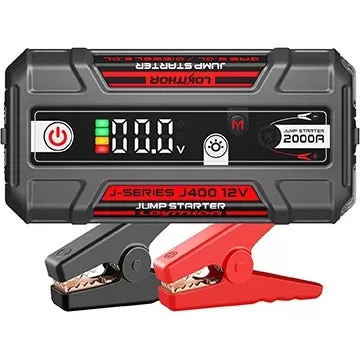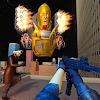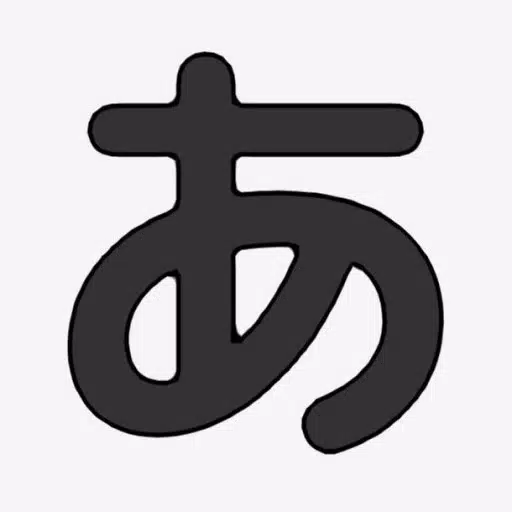Monster Hunter Wilds: Weapon Tuning and Design Philosophy
Players eagerly anticipate each new Monster Hunter installment, curious about how their favorite weapons will perform. Each of the 14 weapon types boasts unique characteristics, evolving with each game's design. Monster Hunter: World removed segmented quest areas, while Monster Hunter Rise introduced Wirebug mechanics. Wilds, aiming for a seamless hunting experience, presents unique weapon tuning challenges.
To understand the design choices, we interviewed Kaname Fujioka (art director and executive director, also director of the first Monster Hunter game) and Yuya Tokuda (Wilds director, involved since Monster Hunter Freedom).
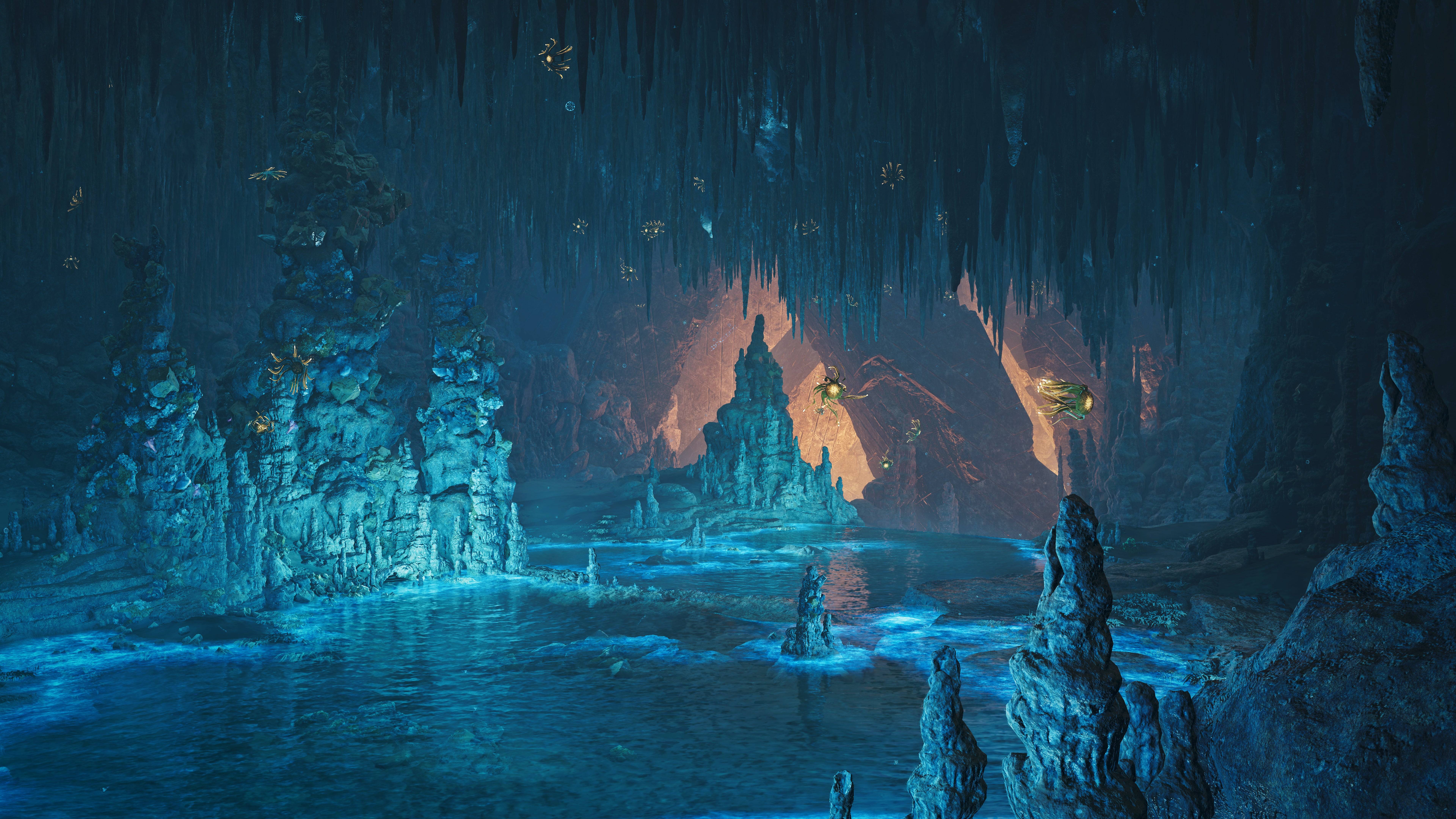
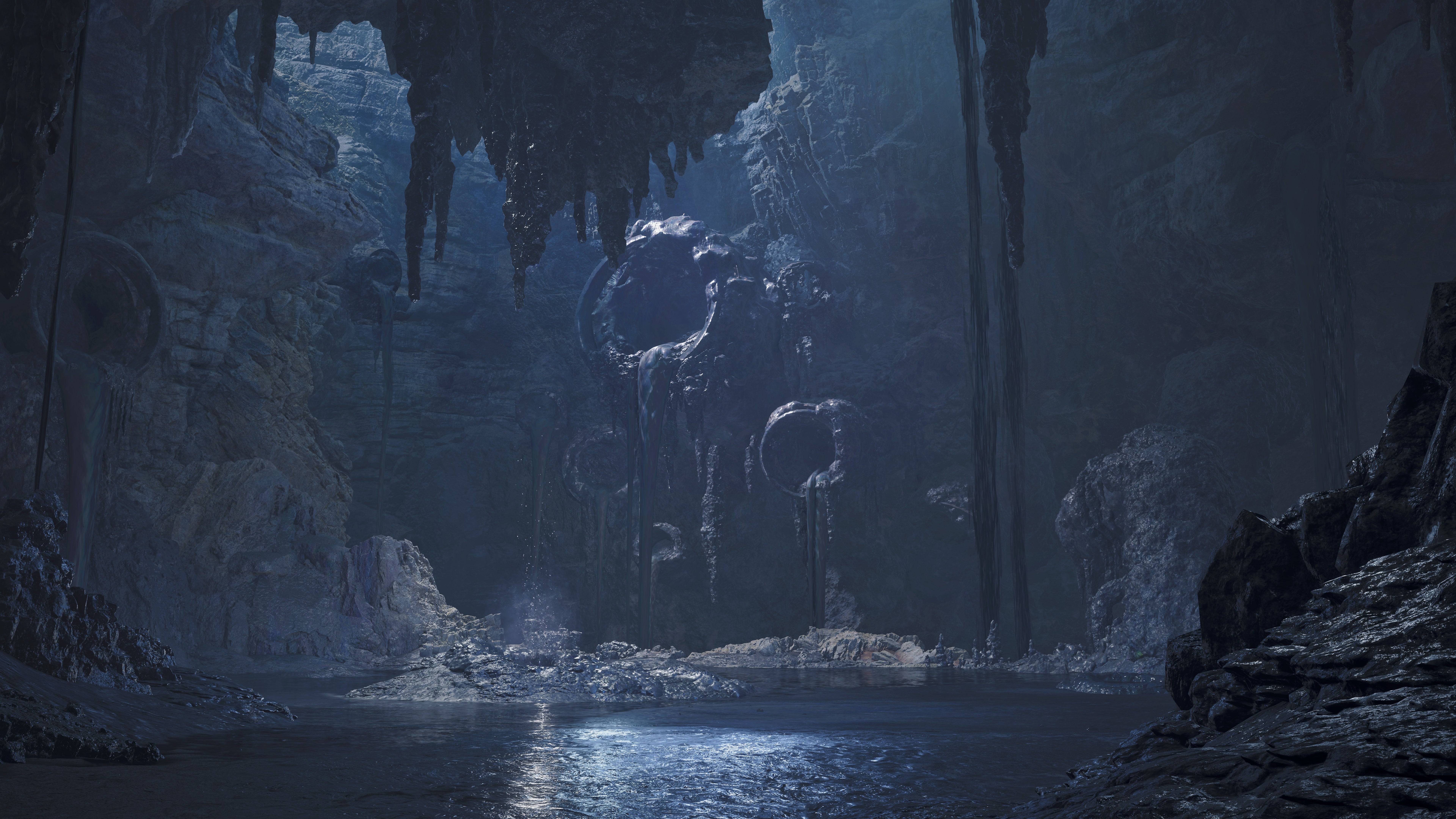
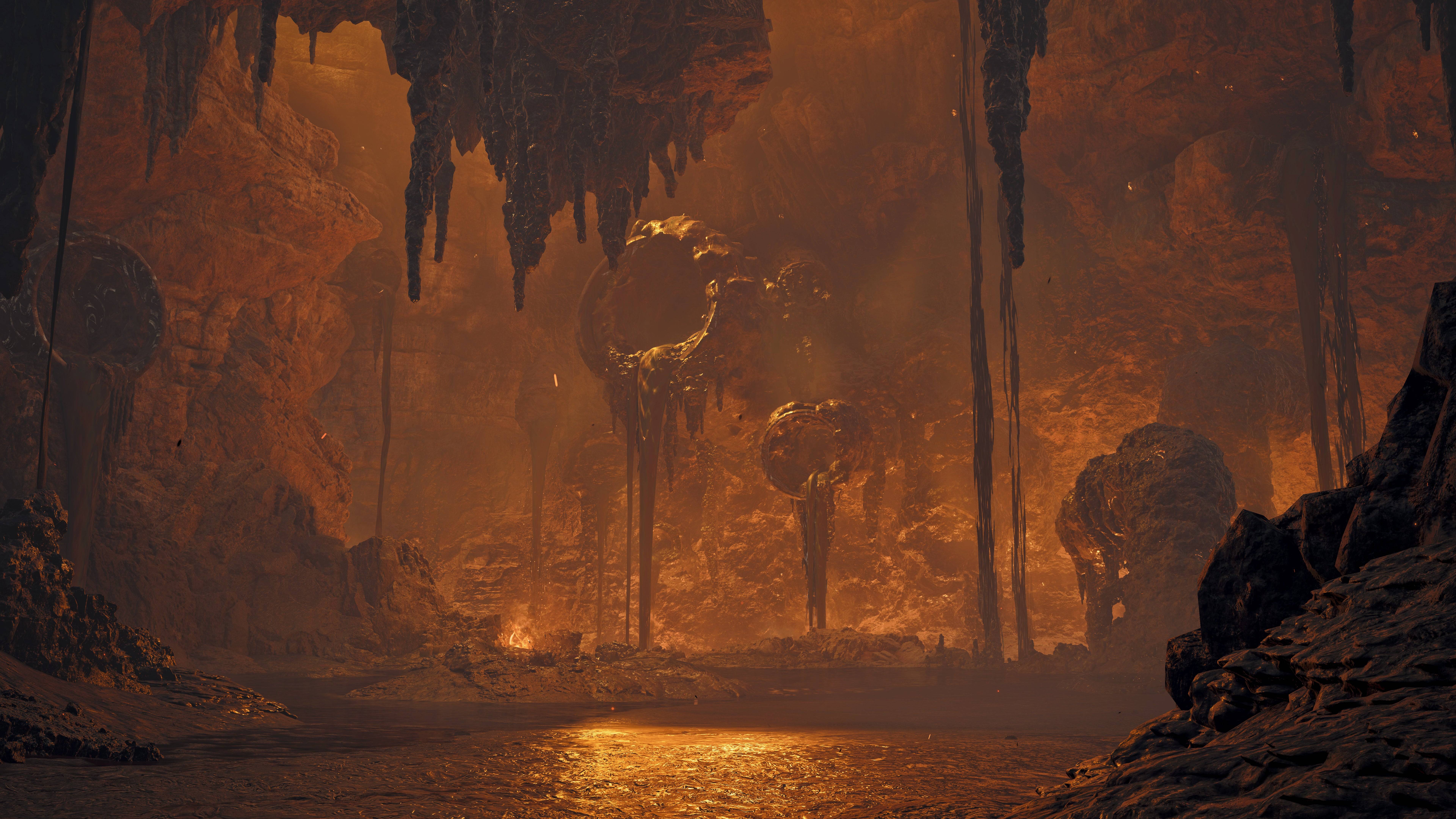

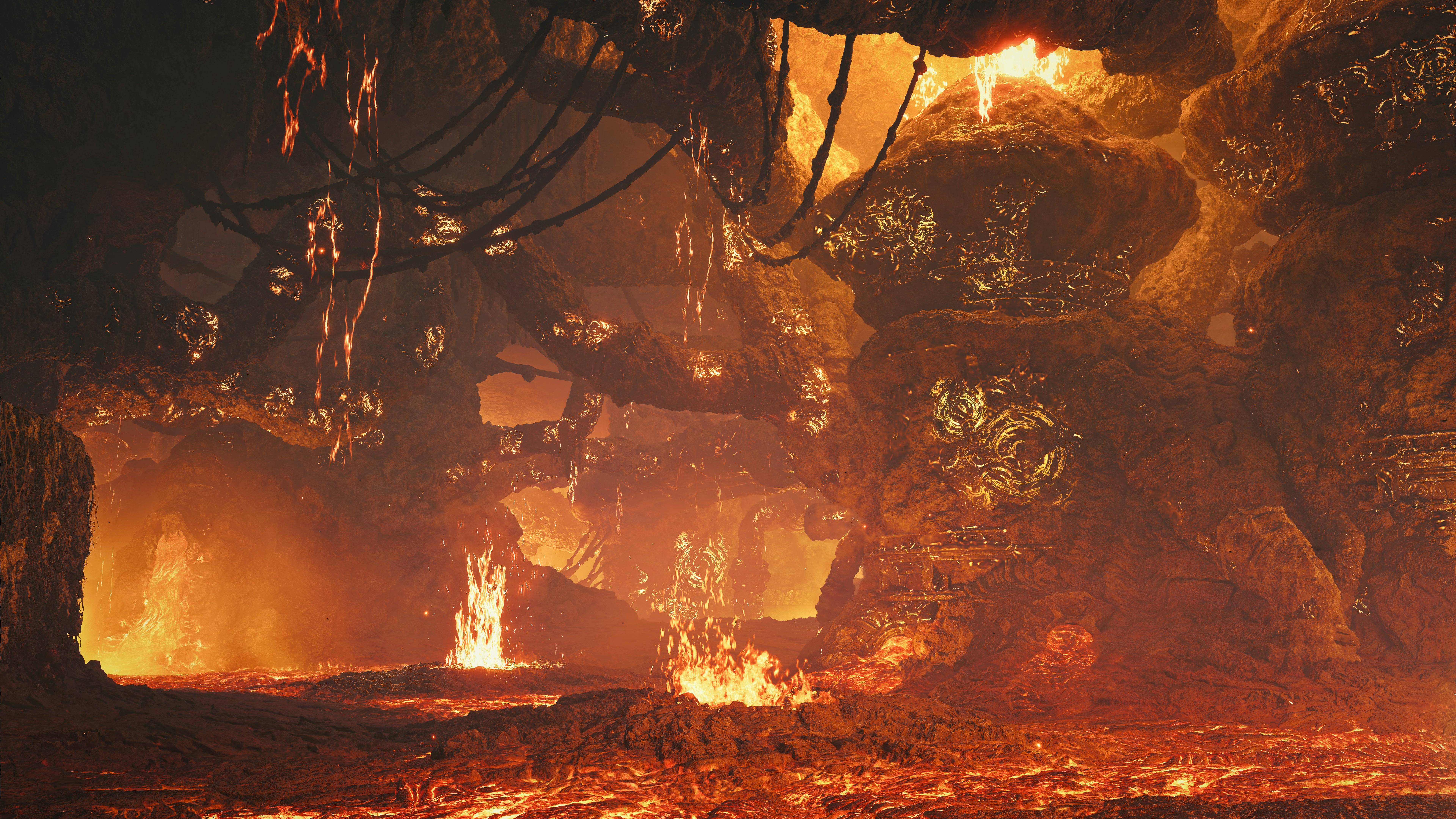
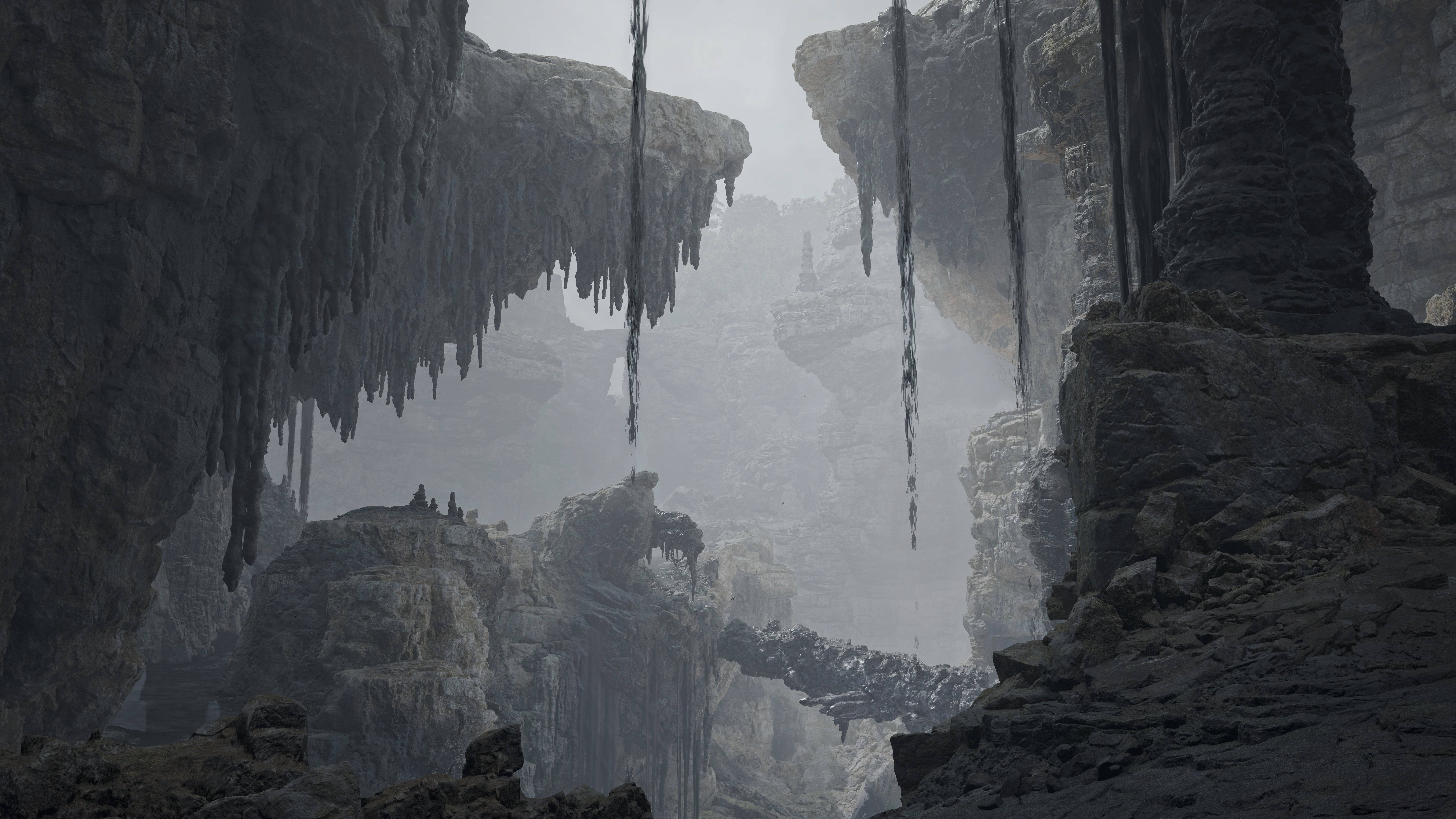
Seamless World Adjustments:
Wilds' seamless map and dynamic weather necessitated significant weapon adjustments. Tokuda highlighted changes to Light and Heavy Bowguns and the Bow, addressing ammo and coating management in the absence of base restocking.
"We designed it so basic damage sources are usable without resource depletion," Tokuda explains. "Normal, pierce, and spread ammo for Bowguns and Bow coatings are unlimited, managed via a gauge. However, pre-prepared or field-gathered materials allow for crafting powerful attribute ammo."
Weapon changes extended beyond mechanics to design. Fujioka emphasized visual clarity:
"We aimed to showcase the Bowgun charging animation for special shots convincingly, visually communicating player actions."
Technological advancements facilitated these animation improvements, refining weapon transitions and influencing hunter actions. Tokuda notes:
"All weapons allow for natural use based on the situation, even without player input."
Healing item use, previously requiring weapon stowing, is now seamlessly integrated.
Fujioka highlights the new Focus Mode:
"Focus Mode allows directional movement while attacking, enabling continuous attacks slightly off-center. We aimed to realize players' envisioned gameplay."
Focus Strikes:
Wilds introduces a wound system, created through accumulated damage to a monster's body part. Focus Strikes, executed in Focus Mode, deal massive damage to wounded areas. While each weapon has unique Focus Strike animations, Tokuda clarifies:
"Animations showcase weapon uniqueness, but open beta testing revealed imbalances. We're standardizing them for the release version, maintaining weapon personality without extreme disparities."
The wound system adds strategic depth. Wounds become scars, preventing repeated wounding of the same area. Environmental interactions can also create unexpected scars. Tokuda explains:
"Monsters can have pre-existing wounds from turf wars. Hunting wounded monsters might yield additional rewards, even unique gems."
Monster health and toughness were adjusted to maintain appropriate playtime and player satisfaction, with Focus Mode enabling more concentrated hunting experiences.
Great Sword Development:
Weapon tuning involved approximately six planners responsible for player experience, collaborating with artists and animators. The Great Sword served as a development prototype, influencing other weapons.
Fujioka highlights the Great Sword's importance in animation design:
"Focus Strikes were a new expression. We started with the Great Sword, focusing on feel rather than performance. It's an all-rounder, and we felt excited by the initial Focus Strike, believing we could achieve more with other weapons."
Tokuda emphasizes the Great Sword's unique tempo:
"Weapons with a heavy tempo like the Great Sword are rare. We ensure its fun factor. Other weapons are differentiated from it. The Great Sword is well-rounded: blocking, AoE attacks, and consistent damage."
Fujioka adds:
"A fun Great Sword experience facilitates the creation of faster-paced weapons. Balancing both ensures a true Monster Hunter feel."
Weapon Uniqueness:
The developers prioritize weapon uniqueness over equal ease of use. Fujioka clarifies:
"Focusing on unique design is better than equal ease of use, but ensuring a satisfying player experience is crucial. Overpowered weapons are undesirable, so open beta feedback led to significant adjustments."
Tokuda uses the Hunting Horn as an example:
"Its concept is area damage control. Using sound effects, we explored damage output. We focused on maximizing its personality, not just damage. Open beta feedback on self-buffing led to release version balancing."
While some weapons may excel against specific monsters, the developers aim to avoid overly efficient builds for every monster. Weapon usage will naturally narrow in the endgame, but flattening weapon and monster uniqueness would undermine the core Monster Hunter experience.
Fujioka states:
"Top-tier weapons will be popular, but dedication to a weapon type allows for success through trial and error."
Tokuda highlights the dual-weapon system:
"Specialized weapons can complement each other."
Decoration System:
The decoration system, similar to World, features skill abilities activated through weapon or armor slots. Alchemy allows for crafting single-skill decorations, eliminating skill acquisition issues.
Fujioka shares a personal anecdote:
"In World, I never obtained Shield Jewel 2, finishing the game without completing my build."
Tokuda prefers long-range weapons and the adaptable Sword and Shield, while Fujioka remains a Lance main. The Lance's open beta reception highlighted issues with action execution, prompting significant improvements for the release version.
The developers' dedication to player feedback and their passion for creating a compelling hunting experience underscore Monster Hunter's enduring appeal. The detailed community update video further illustrates their commitment to refinement.

